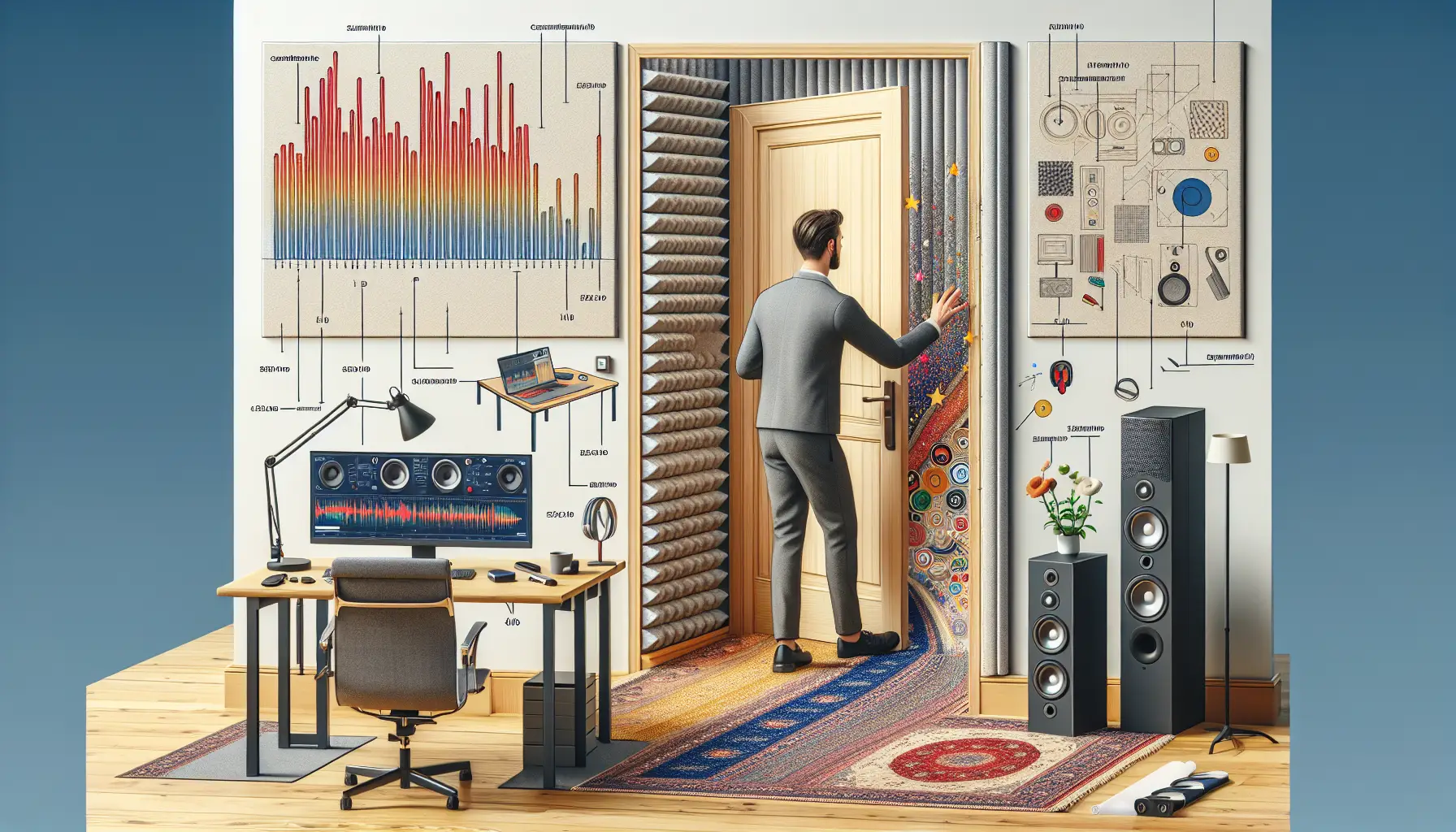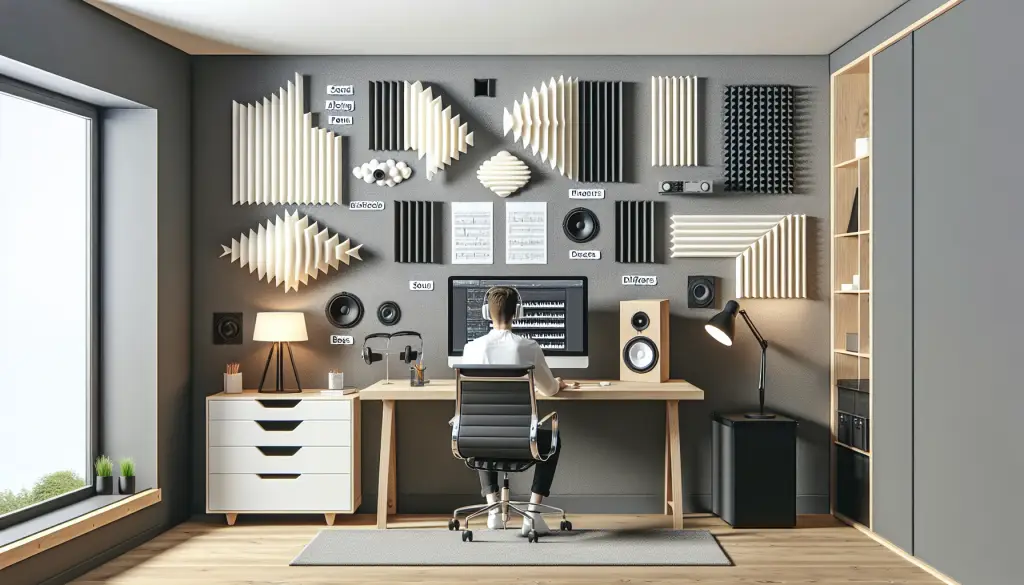The Importance of Home Office Soundproofing
Creating an optimal workspace at home is an essential task that many professionals often overlook. With remote work becoming more common, the need for effective home office soundproofing is crucial. Soundproofing helps in reducing external noise, enhancing your concentration, and boosting productivity. It’s not just about blocking out noise; it’s also about creating an environment conducive to professional activities.
Understanding Soundproofing for Home Offices
Soundproofing for home offices involves using various materials and techniques to block or absorb noise. The goal is to create a quieter environment, free from distractions such as street noise, household sounds, and other background disruptions. A well-soundproofed home office allows for better teleconferencing, video recording, and uninterrupted work sessions.
Types of Noise
To effectively manage soundproofing for home offices, it’s important to understand the types of noise you may encounter:
- Airborne Noise: This includes sounds like voices, music, and televisions.
- Impact Noise: These are noises resulting from physical contact, such as footsteps and doors slamming.
Effective Home Office Soundproofing Techniques
1. Insulating Walls
One of the most effective ways to soundproof your home office is by insulating the walls. This can be done using materials like fibreglass, foam panels, or soundproof drywall. Adding mass and density to your walls will help block both airborne and impact noises.
2. Using Soundproof Curtains
Soundproof curtains can significantly reduce noise levels. These curtains are made of thick, heavy fabrics that absorb sound, making them ideal for home office soundproofing. They are especially effective for blocking out street noise.
3. Installing Acoustic Panels
Acoustic panels are designed to absorb sound waves, reducing echo and reverberation. They are available in various shapes, sizes, and designs, allowing you to find options that match your office décor. These panels are excellent for improving sound quality during video calls and recordings.
4. Sealing Windows and Doors
Windows and doors are common entry points for noise. Weatherstripping and door sweeps can help seal gaps, preventing sound from leaking in or out. Double-glazed windows offer additional sound insulation, making them a worthwhile investment for home office soundproofing.
5. Adding Carpets and Rugs
Hard surfaces like hardwood floors can amplify noise. Adding carpets or rugs can help absorb sound, reducing overall noise levels. Choose thick, plush materials for the best results.
6. Furniture Arrangement
Strategically arranging furniture can also contribute to soundproofing. Bookshelves, for example, can act as barriers to sound. Placing them against shared walls or near windows can help block noise. Soft furnishings like sofas and cushions can further absorb sound waves, creating a quieter workspace.

7. Using Soundproofing Paint
Soundproofing paint contains sound-absorbing fillers that can help reduce noise levels. Applying multiple coats can improve effectiveness. This technique is best used in conjunction with other soundproofing methods for optimal results.
Common FAQs About Home Office Soundproofing
What is the best material for soundproofing a home office?
The best materials for soundproofing a home office include acoustic panels, soundproof curtains, and insulated drywall. These materials are effective in blocking and absorbing noise, creating a quieter workspace.
How much does it cost to soundproof a home office?
The cost of soundproofing a home office can vary widely based on the materials and techniques used. Basic soundproofing, such as using curtains and rugs, may cost less than £100, while more extensive projects like installing soundproof drywall can cost several hundred pounds or more.
Can I soundproof my home office by myself?
Yes, many soundproofing techniques are DIY-friendly. Simple methods like adding rugs, curtains, or weatherstripping can be done without professional help. However, for more complex tasks, such as installing acoustic panels or insulating walls, you may want to consult a professional.
How effective are soundproofing curtains?
Soundproofing curtains are highly effective for reducing noise levels. They are made from dense, thick materials that absorb sound, making them a practical and straightforward solution for home office soundproofing.
Will soundproofing improve the acoustic quality of my home office?
Yes, soundproofing techniques like acoustic panels and rugs can significantly improve the acoustic quality of your home office. These materials help reduce echo and reverberation, leading to clearer audio during calls and recordings.
Home Office Soundproofing Summary
Creating a quiet and distraction-free environment is essential for productivity, especially with the rise of remote work. Effective home office soundproofing techniques can help you achieve this. Multiple strategies can be employed to create an optimal workspace, from insulating walls and sealing windows to using acoustic panels and soundproof curtains. Understanding the types of noise and applying appropriate solutions will make your home office a sanctuary for productivity—Trust Ratio Seven for all your home office soundproofing needs.




